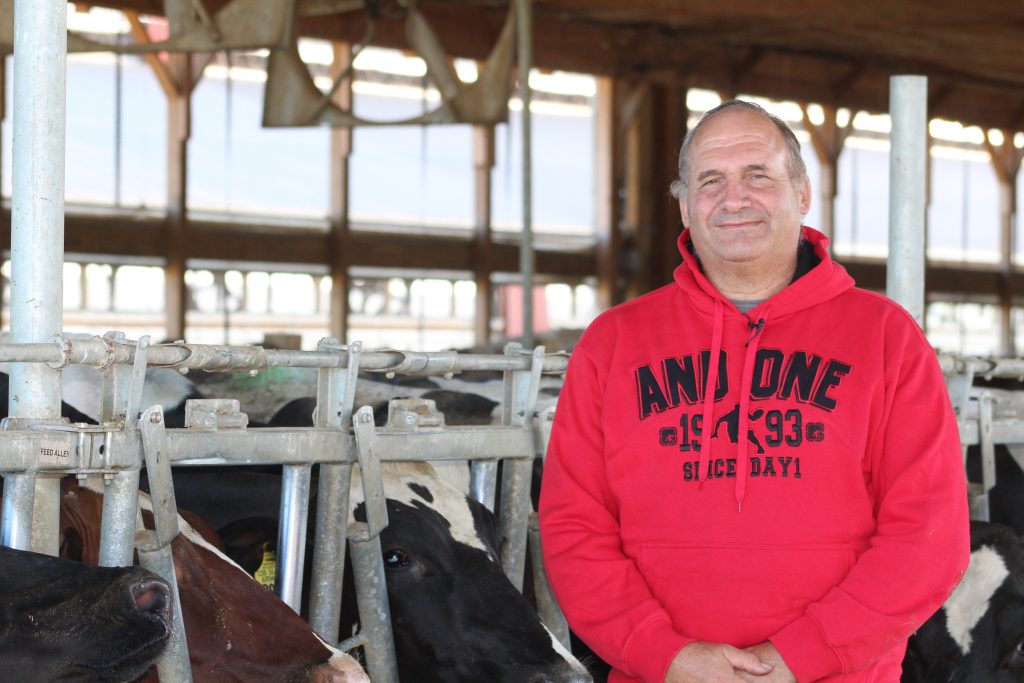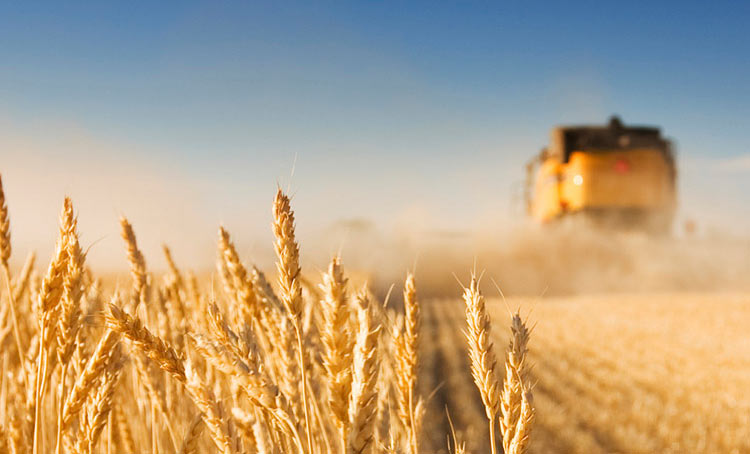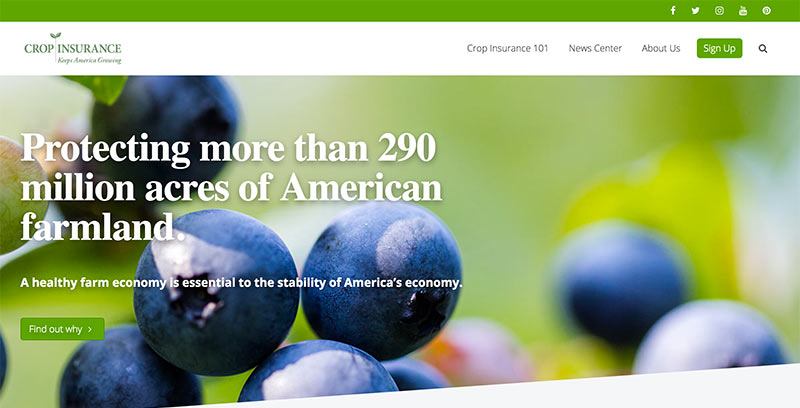Crop insurance a farm business must

My family knows a little about how much farmers are at the mercy of Mother Nature. During the Dust Bowl, my grandparents Edson and Harriet Durfee fled the disaster in Nebraska and came back east to Chittenango to start again. Back then, there was no farm safety net. When the Nebraska prairie turned against them, […]
Crop Insurance Sets Record, Saves Money, Protects America’s Heartland in 2018

SAN DIEGO – More than 334 million acres of farmland were protected by crop insurance in 2018, a 20 million acre increase over 2017 and an all-time high. And, crop insurance came in $2 billion under original federal budget projections for the year. Jim Korin, chairman of National Crop Insurance Services (NCIS) and president of […]
Crop Insurance Helps Preserve Family Farming Legacies

Earlier this year, our family ranch was awarded the Colorado Leopold Conservation Award, which recognizes agricultural landowners actively committed to a land ethic. This was a crowning achievement for Beatty Canyon Ranch, and we are honored to be acknowledged for our efforts to control invasive species, manage grazing and protect wildlife habitats. Being stewards of […]
Crop Insurance Helps Preserve Farming for Future Generations

Farming is a unique profession in so many ways. First, it is more like a calling — to be part of God’s gifts here, and a steward of these gifts. To follow a crop from seed to harvest, or to see an animal born and grow to maturity — that’s a lot of the reason […]
U.S. Farmers Rely on Crop Insurance

My family has been in agriculture in northwest Ohio for generations. My great-grandfather, grandfather, and dad farmed. I followed in their footsteps. It was a great blessing. We were taught to love and appreciate hard work, and we learned to work as a family. I carried this same work ethic into my own business 30 […]
As Farm Bill Discussions Get Underway, NCIS Unveils Updated Website

National Crop Insurance Services (NCIS) is pleased to announce it has updated and redesigned the award-winning Crop Insurance in America website.
Crop Insurance Preserves South Dakota Farm Economy
South Dakota’s history is deeply rooted in agriculture, perhaps more so than any other state in the union. From the homesteaders who came here in the 19th century, with little more than a plow and a dream, to their descendants who still work the land, agriculture is the way of life for many South Dakotans. […]
Convo 71
USDA’s Risk Management Agency recently announced the improper payment rate — a closely-watched standardized measure of waste and abuse required of all major federal spending programs – fell sharply last year for crop insurance. The rate dropped to a new level of 2.20 percent, representing a 62 percent drop from the prior year’s 5.58 percent. […]
Convo 70
Nearly 90 percent of Americans have a favorable view of farmers, and 92 percent said it was important to provide farmers with federal funding, according to a new national poll released this week. The poll, commissioned by the National Crop Insurance Services, surveyed 1,000 registered voters in early April. Jon McHenry is the Vice President […]
Farming Needs Strong Policy and Crop Insurance
If I don’t take care of the land, then it won’t take care of me, so I consider myself one of the stewards of the earth. I know I’m not alone. My brethren in farming are also caretakers of the land, water and air. We want to be productive and profitable, and pass on our […]

